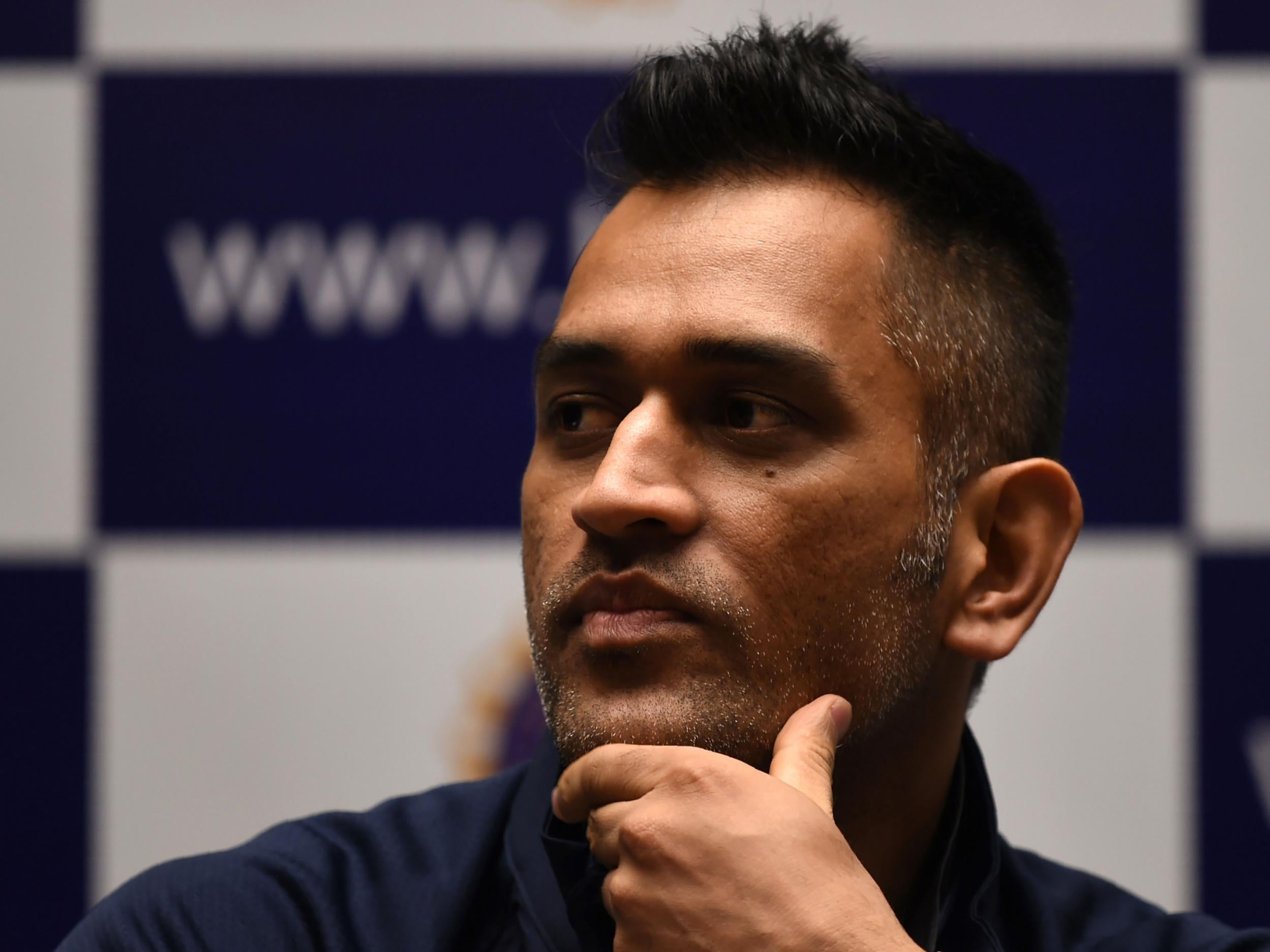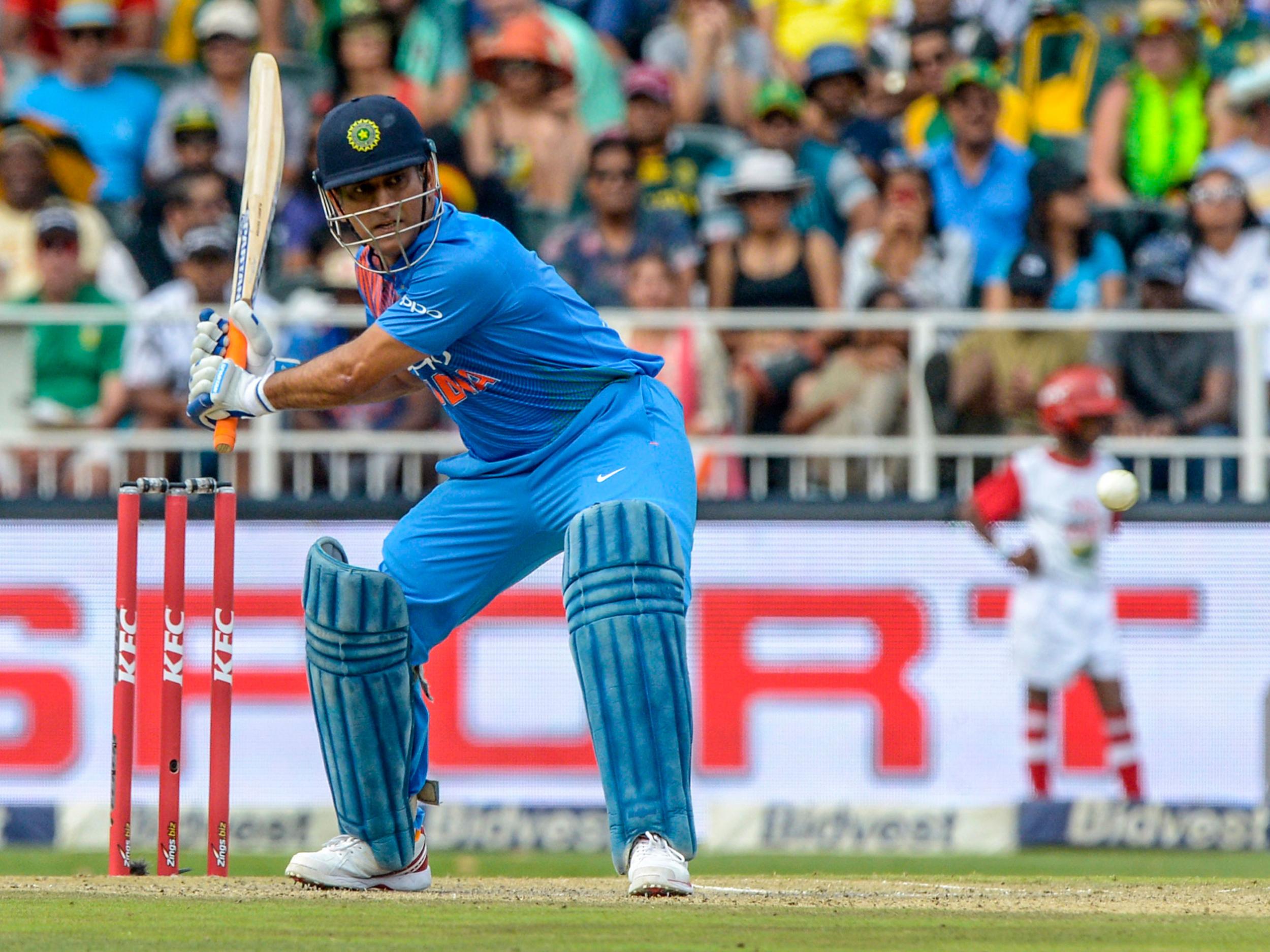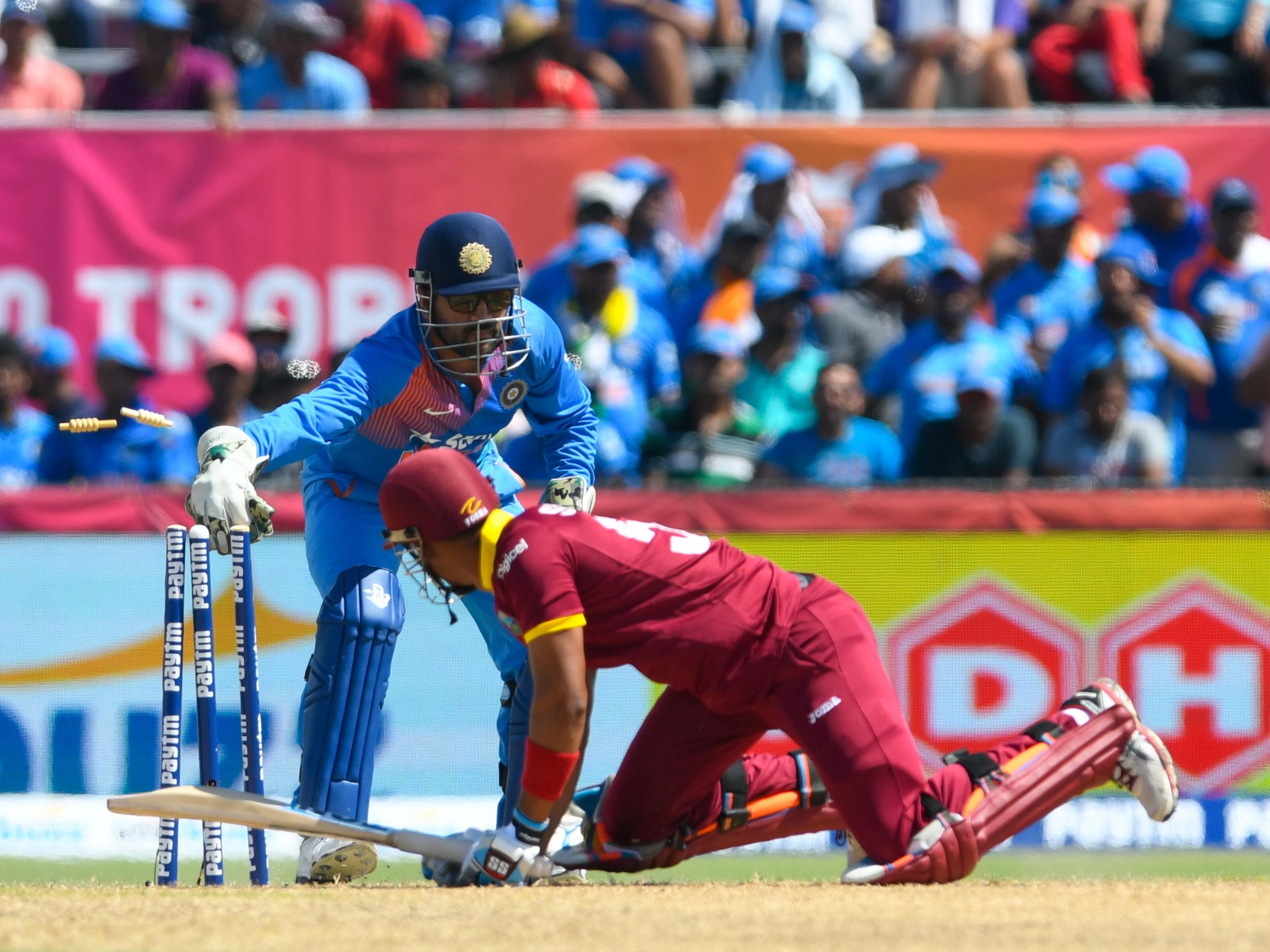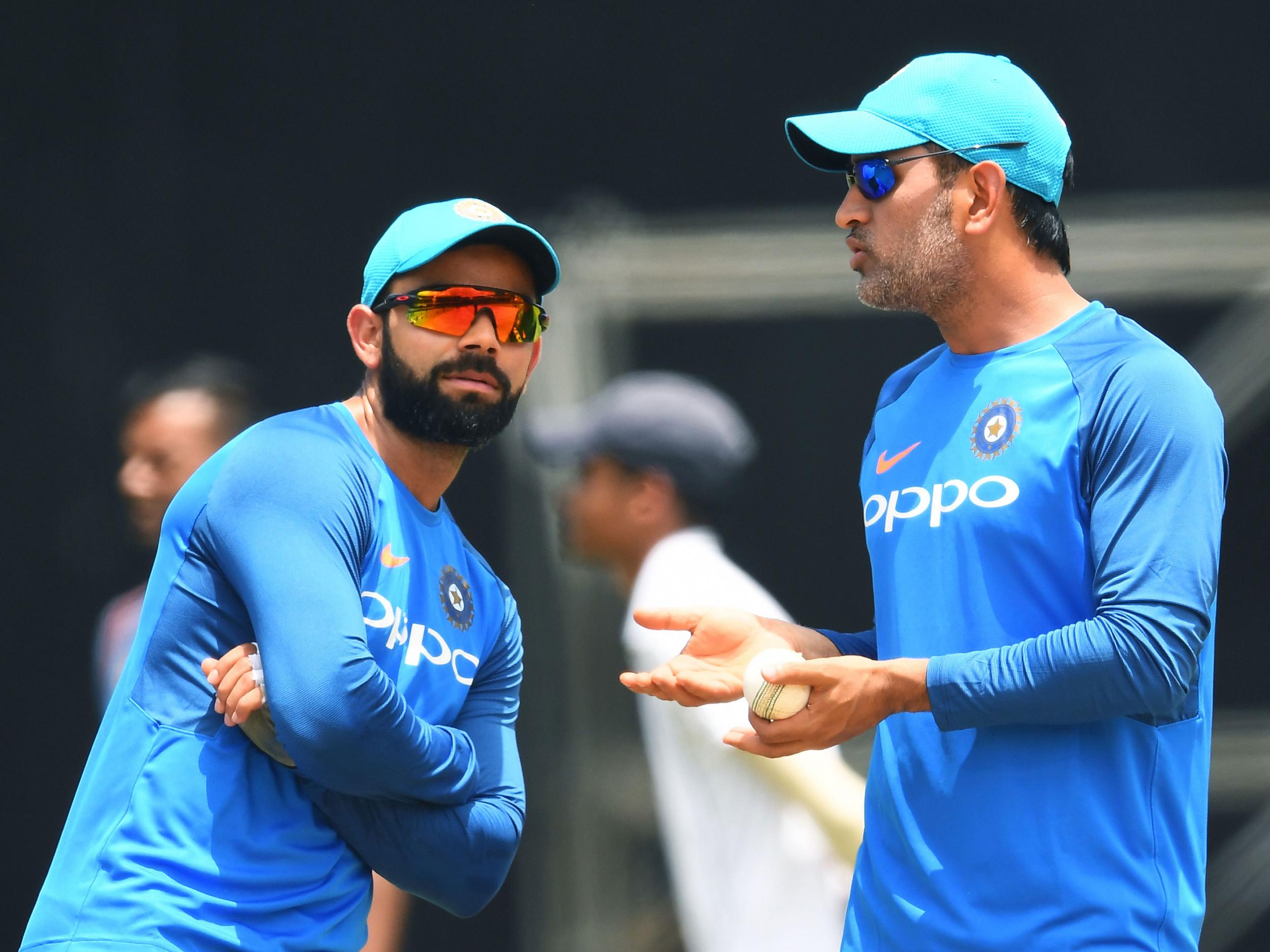How do you replace the irreplaceable? India must soon start the search for MS Dhoni's successor
It’s almost certain that the legendary wicketkeeper will don the big gloves for India in England next year - but what happens after that?

Your support helps us to tell the story
From reproductive rights to climate change to Big Tech, The Independent is on the ground when the story is developing. Whether it's investigating the financials of Elon Musk's pro-Trump PAC or producing our latest documentary, 'The A Word', which shines a light on the American women fighting for reproductive rights, we know how important it is to parse out the facts from the messaging.
At such a critical moment in US history, we need reporters on the ground. Your donation allows us to keep sending journalists to speak to both sides of the story.
The Independent is trusted by Americans across the entire political spectrum. And unlike many other quality news outlets, we choose not to lock Americans out of our reporting and analysis with paywalls. We believe quality journalism should be available to everyone, paid for by those who can afford it.
Your support makes all the difference.After India exited the 2015 World Cup with a semi-final loss to Australia in Sydney, MS Dhoni was asked how he saw his future as an ODI cricketer. After all, he had quit the Test ranks three months earlier, and announced it through a press release issued by the Indian cricket board. “It's up to you guys,” he said with a smile. “The media should do a nice research on it, take a few days, and my advice will be whatever you decide, write the complete opposite. That will be the fact.”
As with a lot of things he said and continues to say when faced with a microphone, it was a nothing answer. At the time, Dhoni suggested he would take a call on his future in the white-ball formats after the World Twenty20 on home soil in 2016. That was two years ago. With just over a year to go to the 2019 World Cup, it’s almost certain that he will don the big gloves for India in England. But what happens after that?
By the time the next World Twenty20 is played in Australia in October-November 2020, Dhoni will be 39 years old. It would have been nearly six years since he quit Tests, meaning that he spends more than half the year away from the national side. But so reluctant have India been to consider a succession plan that no one name springs to mind when one ponders a post-Dhoni future.

Dinesh Karthik, who will be 35 himself in 2020, kept wicket for India in the Nidahas Trophy in Sri Lanka in March, and helped bring home the cup with the sort of innings Dhoni regularly played in his prime. Karthik, who has taken over the captaincy of Kolkata Knight Riders, has enjoyed a fine start to the current IPL season, but his record over the past three seasons – 890 runs at a strike-rate of 133.43 – isn’t that of someone who can regularly blitz the opposition.
Dhoni’s numbers for Chennai Super Kings – 3125 runs at a strike-rate of 139.75 – remain the gold standard, but the last three IPL seasons have seen a clutch of players apart from Karthik stake reasonable claims. And those contenders are very much in the fray this year as well.
Rishabh Pant was the standout player in India’s Under-19 World Cup squad in 2016, but his first two seasons in the IPL were plagued by inconsistency. His 791 runs across three seasons have come at a superb strike-rate of 156.32, but it’s only this year that he’s managed to string a succession of significant scores together. But that upturn in his own fortunes has been rather overshadowed by Delhi Daredevils’ inability to close out games.

The other wicketkeeping option, albeit a very left-field one, is Sanju Samson. He has already made 239 runs this season, including a sensational 45-ball 92 against Royal Challengers Bangalore. Samson’s numbers over the last three seasons – 916 runs at a strike-rate of 132.56 – are strikingly similar to Karthik’s. The problem is that he hasn’t kept wicket in that time, playing instead as a specialist batsman.
That leaves us with someone who doesn’t don the gloves in other formats, but who has gone behind the stumps for his IPL franchise. KL Rahul scored 397 runs for Bangalore when they reached the IPL final in 2016. A shoulder injury he picked up while playing the home Test series against Australia ruled him out of the 2017 season, and there were more than a few raised eyebrows when Bangalore didn’t retain him for the current season.

Rahul has started it with scores of 51 (16 balls), 47 (30), 37 (22), 18 (21), 60 (27) and 23 (15). His new team, Kings XI Punjab, have stormed to the top of the log, and his displays on both sides of the stumps have played a big part in that. Rahul is one of only three Indians – Suresh Raina and Rohit Sharma are the others – to score a century in every format, and his strike-rate over the past three IPL seasons (157.46) puts him in a different league to the other contenders. Pant can match him for scoring rate, but averages 14 runs less per innings.
So, is a makeshift keeper the answer? There’s a precedent when it comes to Indian cricket. In one of the most successful phases – when they won the Natwest Trophy in England in 2002, shared the Champions Trophy with Sri Lanka (2002) and reached the final of the 2003 World Cup – the man behind the stumps was Rahul Dravid. Time will tell if the selectors take the punt on another Rahul, but for the moment, he’s not doing his chances any harm at all.
Join our commenting forum
Join thought-provoking conversations, follow other Independent readers and see their replies
Comments